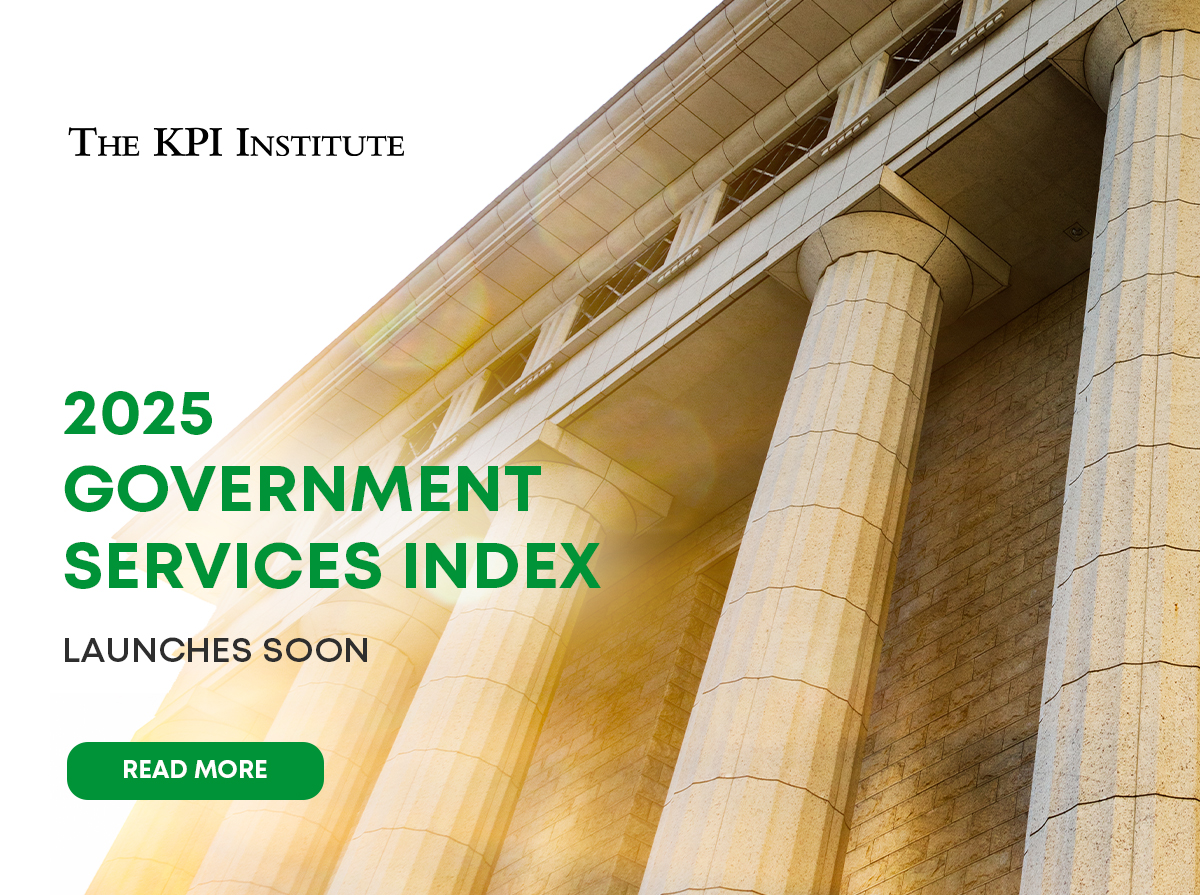Performance Management Architecture: Strategy, Scorecard and KPIs

Back in 2013, Aurel Brudan, CEO of The KPI Institute and TOGAF 9 Certified Enterprise Architect took part in the Enterprise Architecture Conference, an event focused around this then emerging discipline. He highlighted how, following a Gartner study, we had found out that about 44% of enterprise architects do not have any sort of well-defined metrics. Now before we get into specific examples, it is worth hypothesizing why this may occur.
If we take a look at how a Performance Management Architecture System looks like in practice, we’ll usually settle down on something very similar to the following.
While the key connections and directions show here are pretty straightforward, some practitioners may oftentimes get caught up on the first parts of the architecture, either tunneling very hard on the strategy, what the desired state of evolution should be or how the scorecard should look like. They may not take into account that all of these are what you may call macro elements. They’re not self-sufficient, they require microelements that set things in motion. By the time they end up settling on individual performance plans, they’re hit with the sudden realization that they forgot something along the way to that point.
There’s a saying in English that goes “you can’t see the forest for the trees”, meaning you focus so intently on the minutiae of something that you completely forget to take a look at the overall plan. The reverse can be used for many practitioners caught in this moment. One may safely assume that they cannot see the trees for the forest, as they get lost in growing the perfect ecosystem, but blank out when thinking about what that ecosystem has to contain.
This is where The KPI Institute, through its aforementioned CEO – Aurel Brudan, came in to help professionals and practitioners alike at the conference, by both explainings what an ideal Enterprise Architecture KPI was and offering numerous examples, which were then used by participants in team-based exercises. Each team had to come up with their own objectives/enterprise architecture KPI examples/initiatives and dashboard, sharing good and bad practices alike. Here are just some of the KPIs that were mentioned:
Financial
% Cost Reduction by process optimization
$ Expenditure to the operational budget
% Cost saving from service reuse
$ Cost savings
Internal Processes
% Projects delivered on time and within budget
% Process improvement and optimization
% ISO 20000 certification criteria fulfilled (environmental compliance)
% Reduction in data sources
% Reuse of existing system components
% Project completion on-time
% Project within budget
% Project delivered within the project timeline
% Compliance with regulatory requirements
% Compliance to architecture guidelines and standard
% Projects on time and on budget
Learning & Growth
% TOGAF certification on all EA personnel
% Staff trained
# EA trainings
# Training hours for technical skill enhancement
% Staff certified
% Innovation ideas implemented
# Initiatives proposed
# Hours staff trained
# Initiatives approved by management
% Savings on IT infrastructure
While these are not a comprehensive list by any means, the attendees back then enjoyed this activity thoroughly, as it offered them ideas that they could take back and try to apply in their companies. While 9 years have passed since that event, The KPI Institute has worked tirelessly to complement its existing body of work on Enterprise Architecture KPIs, so if you’re a professional or practitioner in need of aid, consider dropping by the world’s largest KPI database. With over 21,000 documented KPIs, you’ll definitely find what you’re looking for.







